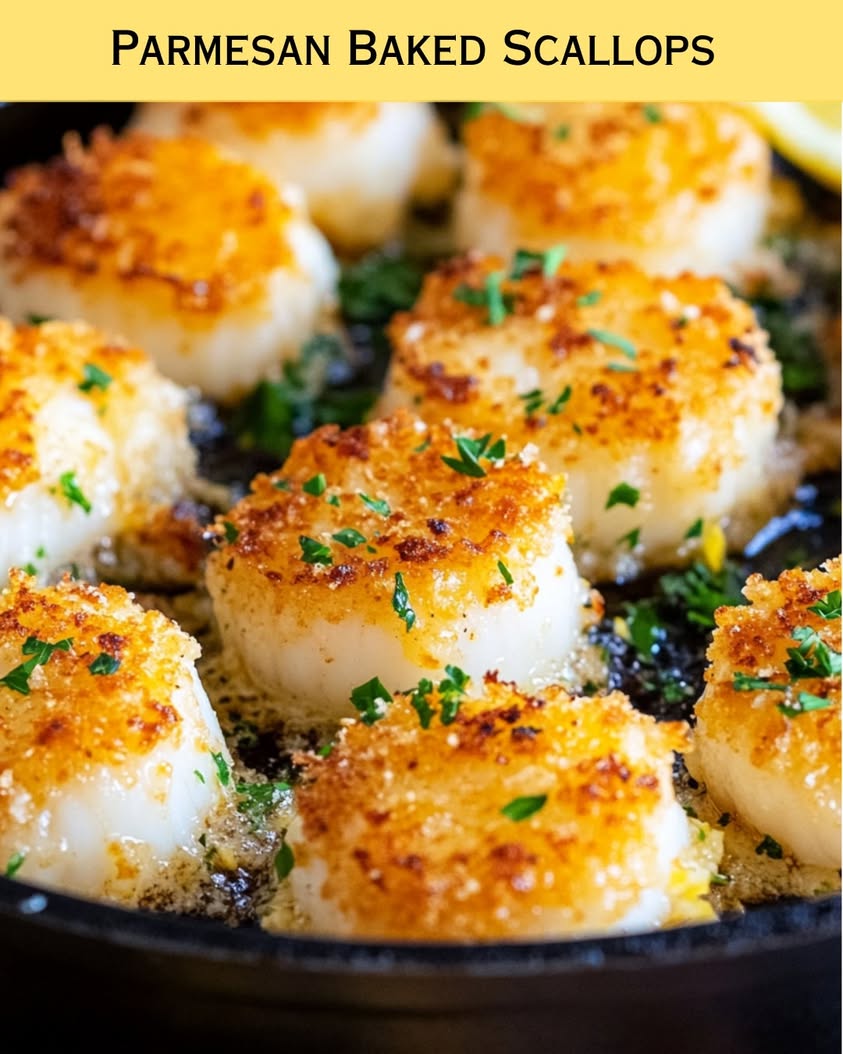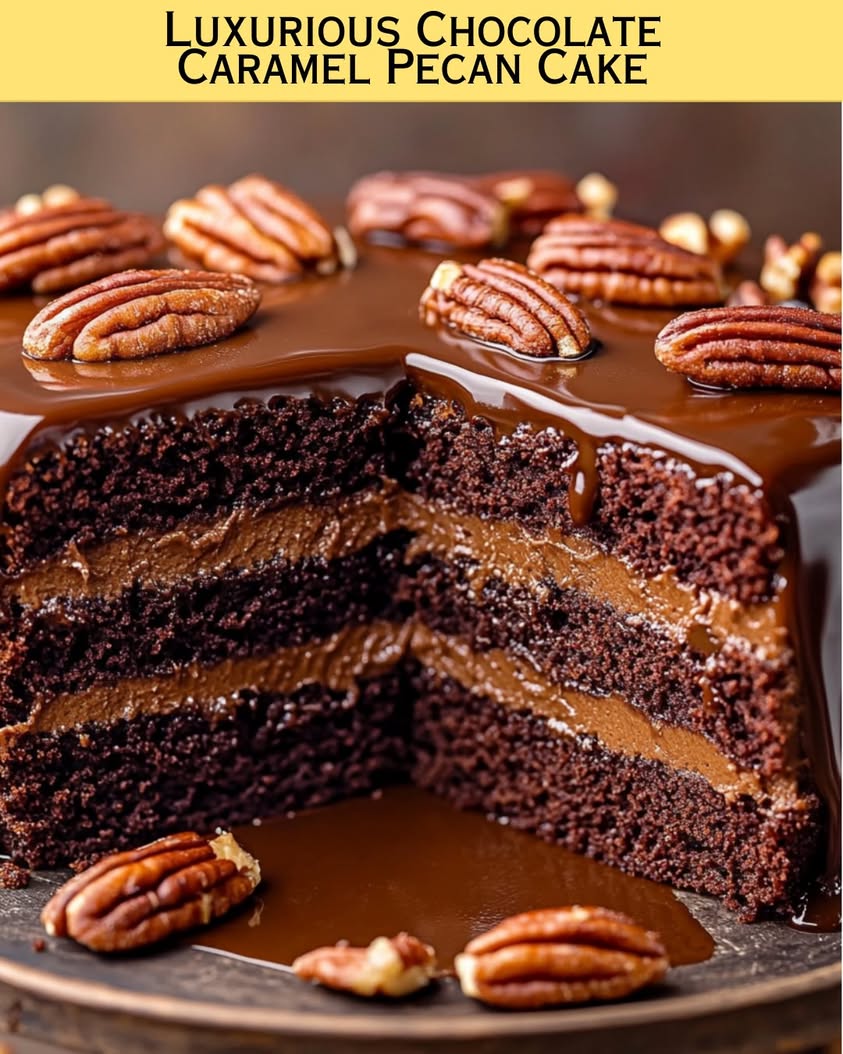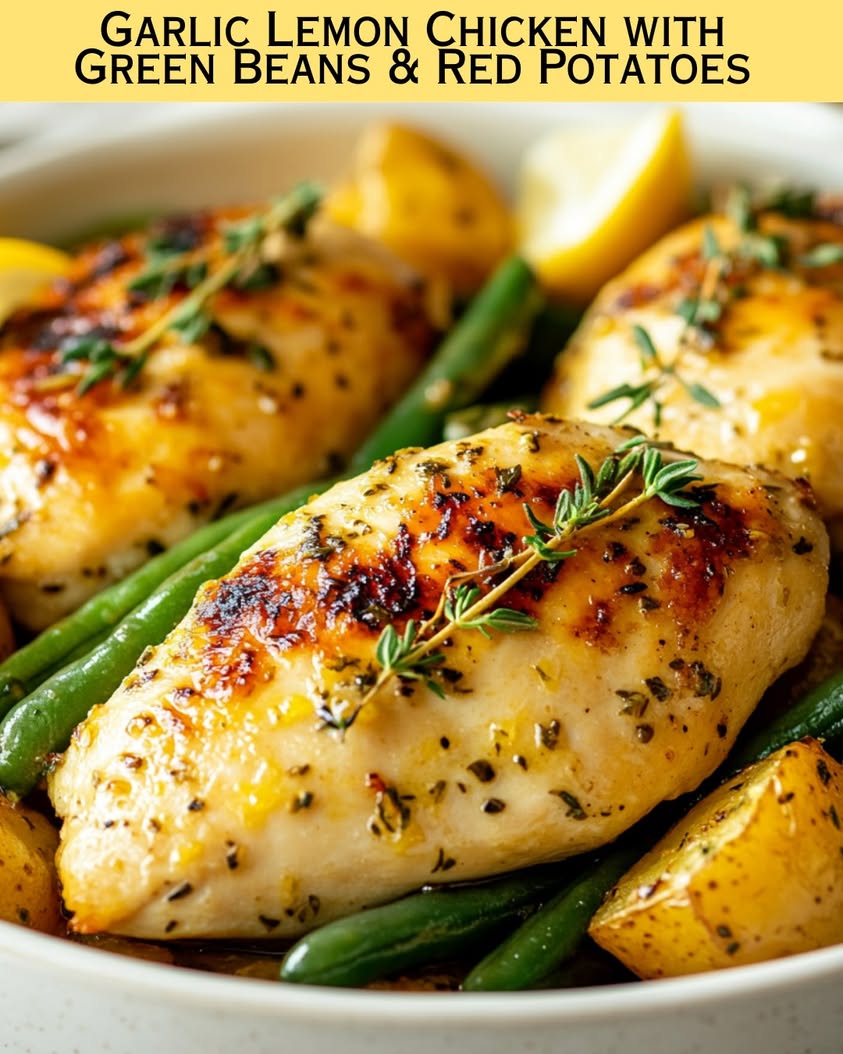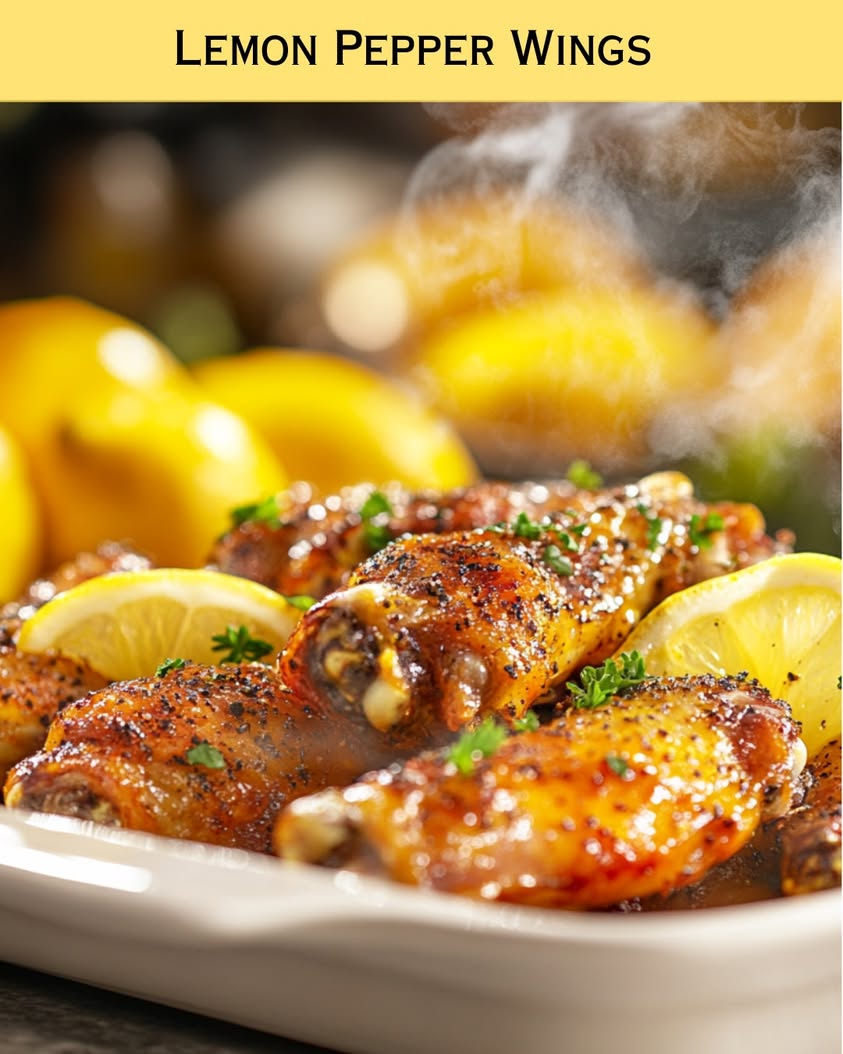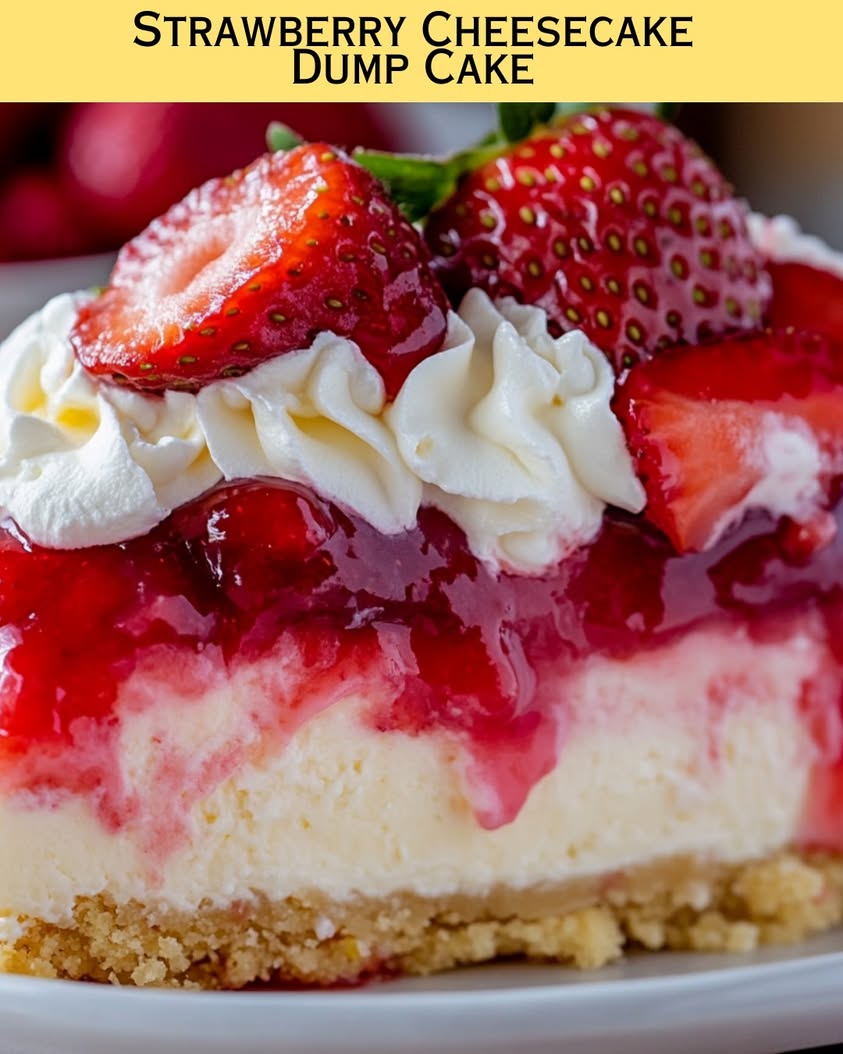Delicious Parmesan Baked Scallops: An Irresistible Appetizer
Parmesan Baked Scallops are a delightful dish that combines the rich, oceanic taste of scallops with a crispy, cheesy topping that leaves you craving more. Each bite offers a melt-in-your-mouth experience, perfectly showcasing the tender texture of the scallops enhanced by the savory crunch of Parmesan cheese. This delectable seafood recipe serves as an ideal appetizer or a main dish that is perfect for special occasions or intimate gatherings.
The preparation of Parmesan Baked Scallops is both simple and rewarding. With a few fresh ingredients and quick cooking time, you can create a dish that looks elegant and tastes exquisite. Imagine the mouthwatering aroma wafting through your kitchen as these scallops bake to perfection, with a golden crust that brings forth the comforting flavors of the sea. This dish is not just a treat for the palate but also a feast for the senses.
Quick Recipe Highlights
- Flavor Profile: The scallops’ natural sweetness pairs beautifully with the nutty, salty notes of Parmesan cheese, accented by a touch of garlic and fresh herbs.
- Texture: Enjoy the tender, buttery texture of the baked scallops that contrasts with the crispy topping, creating a satisfying crunch in every bite.
- Aroma: The dish is highlighted by the fragrant notes of garlic and fresh herbs, which perfectly complement the briny scent of the scallops.
- Visual Appeal: Presented with a golden-brown crust, these scallops are an inviting and sophisticated centerpiece on any dining table.
- Skill Level Needed: This recipe is easy enough for beginner cooks, requiring minimal technique and equipment.
- Special Equipment: A baking dish and an oven are all that you need to create this delightful seafood dish.
Recipe Overview
- Difficulty Level: This easy recipe is designed for cooks of all skill levels, providing a simple step-by-step process that guarantees delicious results.
- Category: Perfect as a main dish or a starter, Parmesan Baked Scallops fit well into both casual and formal dining categories.
- Cuisine: Inspired by Italian cuisine, this recipe embraces fresh seafood traditions while giving a nod to rich, cheesy flavors commonly enjoyed in various coastal cultures.
- Cost: The ingredient costs are relatively low, considering the premium quality of scallops, making this dish an affordable luxury.
- Season: Ideal for any season, this dish is especially enjoyable during warmer months when fresh seafood is at its peak.
- Occasion: Suitable for dinner parties, holidays, or date nights, Parmesan Baked Scallops impress guests and elevate your dining experience.
Why You’ll Love This Recipe
The taste of Parmesan Baked Scallops is nothing short of divine. The scallops themselves are tender and succulent, perfectly balanced by the cheesy, savory soon-to-be-crisp crust. Every bite transports your taste buds to a seaside paradise, captivating anyone fortunate enough to indulge. Moreover, this dish is a wonderful combination of rich flavors and fresh ingredients, leaving you satisfied without feeling heavy.
Not only are these scallops delicious, but they also offer unparalleled convenience in preparation. With just 15 minutes of prep followed by another 15 minutes of cooking, you can have this delicious seafood dish ready to serve in no time. This makes it the perfect option for weeknight dinners or entertaining guests. The minimal time commitment ensures that you can dedicate your attention to enjoying the moment without being tied to the kitchen.
Nutritionally, scallops are a fantastic source of lean protein, providing essential nutrients while being low in calories. The addition of Parmesan cheese introduces healthy fats and calcium, promoting overall wellness. Combining these ingredients results in a dish that is not only delectable but also nourishing. Serving this to friends and family will leave you feeling good about feeding them a wholesome meal.
Socially, Parmesan Baked Scallops are a great conversation starter. Their elegant appearance and delightful flavors make them perfect for sharing during gatherings, bringing people together around the dinner table. This dish invites appreciation and admiration from guests, sparking discussions and shared experiences that can lead to lasting memories.
Cost-wise, this recipe is accessible as it uses a combination of affordable ingredients. While scallops may seem like a luxury, this dish can be created without breaking the bank. Additionally, using available substitutions and ingredients found easily in local markets enhances the dish’s overall cost-effectiveness, allowing you to impress guests without overspending.
Historical Background and Cultural Significance
The origin of scallops dates back to ancient times, where they were revered not only for their deliciousness but also for their nutritional benefits. As a delicacy enjoyed by coastal communities worldwide, scallops have become synonymous with celebratory meals and esteemed gatherings. Their tender texture and unique flavor make them highly sought after in many culinary traditions.
In Italian cuisine, seafood such as scallops plays a pivotal role in coastal dining. From classic pasta dishes to elegant entrees, preparations often highlight the ocean’s bounties. The cultural significance of incorporating scallops into meals reflects a deep appreciation for fresh ingredients and culinary artistry, making Parmesan Baked Scallops a fitting tribute to this tradition.
Over time, the preparation of scallops has evolved remarkably. While initially enjoyed in simple forms with just a squeeze of lemon, they are now frequently featured in elaborate recipes, such as our Parmesan Baked Scallops. This evolution showcases the creativity of home cooks and chefs alike, as they combine traditional elements with modern techniques.
Regional variations, including those from the coastal regions of the Mediterranean, celebrate diverse approaches to cooking scallops. These variations inspire culinary innovation while remaining true to the essence of the main ingredient. As you prepare this recipe, you connect with cultures celebrating scallops as a beloved delicacy around the world.
Ingredient Deep Dive
Scallops are the star of the show in this dish, and their culture extends back thousands of years. Frequently fished in coastal waters, they are a symbol of both abundance and luxury. Nutritionally, scallops are a source of lean protein, providing vital nutrients like selenium, vitamin B12, and omega-3 fatty acids that contribute to heart health and overall well-being.
When selecting scallops, look for those that are firm and have a sweet, mild scent. Avoid any scallops that appear dry or have a strong fishy odor. For storage, keep them in the coldest part of your refrigerator and consume within a couple of days for optimal freshness. If you need a substitute, shrimp or fish fillets can serve as excellent alternatives, while still offering a satisfying texture and flavor.
Parmesan cheese, a beloved Italian staple, brings depth to this dish, boasting a rich flavor profile that enhances the sweet scallops. Originating in the Emilia-Romagna region of Italy, Parmesan is known for its unique aging process and crumbly texture. It offers nutritional benefits, including protein and calcium, while being lower in fat than many other cheeses.
When choosing Parmesan, seek out aged varieties that have a granular texture and a deep, savory flavor. Store them in a cool, dry place or in the refrigerator to prolong their shelf life. For those seeking alternatives, Pecorino Romano or Grana Padano can substitute nicely, offering similar flavor profiles that enhance your dish.
Common Mistakes to Avoid
- Overcooking the scallops: Scallops cook quickly, and overcooking them can turn them rubbery. Aim for a light golden color and a tender texture.
- Using frozen scallops without thawing: Ensure your scallops are completely thawed and drained before cooking to achieve the best results.
- Neglecting seasoning: Proper seasoning elevates the flavor; don’t forget to add salt and pepper to the scallops before baking.
- Skipping the broiling step: This step adds the crucial crispy topping. Don’t skip it if you desire that beautiful crust.
- Not preheating the oven: Make sure the oven is preheated for even cooking and to achieve that perfect golden crust.
- Using low-quality Parmesan: Always opt for fresh, high-quality cheese for the best flavor and texture.
- Not adjusting for the size of scallops: Larger scallops will take longer to cook; make adjustments depending on size.
- Ignoring ingredient freshness: Ensure all ingredients, especially seafood, are fresh to enhance the dish’s overall flavor.
Essential Techniques
To master baking scallops, controlling the cooking time is paramount. Scallops should be baked just until they turn opaque and firm to avoid overcooking. Start by monitoring their appearance; the second they start to lose transparency, check for doneness.
Another vital technique is achieving the crispy topping without burning it. Broiling at the end of the cooking period provides the perfect crisp, but make sure you keep a close eye on them, moving the pan around if necessary to ensure even browning.
Pro Tips for Perfect Parmesan Baked Scallops
1. Use fresh, high-quality scallops for the best flavor; avoid previously frozen options if possible.
2. Experiment with additional herbs like thyme or parsley to enhance the flavor profile.
3. For added flavor, drizzle a bit of lemon juice over the scallops before baking.
4. Allow scallops to rest for a couple of minutes before serving; this helps retain their juices.
5. Use panko breadcrumbs mixed with Parmesan for an extra crunchy texture.
6. Serve with a side of fresh vegetables or a light salad for a complete meal.
7. Consider adding a splash of white wine to the baking dish for added depth of flavor.
8. Customize the recipe by adding spices like paprika or chili flakes for a kick.
Variations and Adaptations
For regional variations, try incorporating local herbs or spices to adapt the basic recipe. In the Mediterranean, olive oil and fresh herbs like basil or oregano can be added to elevate flavor profiles.
Seasonal adaptations can also bring freshness to your dish. In summer, pair your baked scallops with a light citrus salsa; during winter, consider adding roasted garlic to the mixture for a cozy twist.
Make dietary modifications easily by substituting breadcrumbs with crushed gluten-free crackers, making this dish suitable for gluten-sensitive individuals.
For flavor variation, consider using different cheeses like Gruyere or a tangy feta cheese to incorporate unique personality into the dish.
If you’re looking for texture modifications, adding inclusions like sautéed mushrooms can provide earthiness and additional chewiness.
Finally, presentation alternatives can allow creativity to shine through; serve the scallops in individual ramekins or on a bed of sautéed spinach for an elegant touch.
Serving and Presentation Guide
Plating your Parmesan Baked Scallops can turn this delicious dish into a sophisticated dining experience. Use a clean, white plate to allow the beautiful golden crust to stand out. Gently place the baked scallops in the center and garnish with freshly chopped parsley or microgreens, providing a pop of color.
Consider adding lemon wedges on the side for an additional burst of freshness. Elegant serving suggestions can include pairing the scallops with a light, citrusy vinaigrette drizzled over a bed of arugula.
Serving temperature plays a crucial role too; ensure the scallops are served hot for the best flavor. To maintain warmth, consider using a warming plate or covering them lightly with foil until ready to serve. Finally, portion control is essential; serve one or two scallops per person as an appetizer to leave room for additional courses.
Wine and Beverage Pairing
When it comes to wine pairings, a light, crisp white such as Sauvignon Blanc or Pinot Grigio complements the flavors beautifully. These wines enhance the scallops’ sweetness while providing a refreshing balance.
Non-alcoholic alternatives could include sparkling water infused with lemon or a light iced tea that refreshes the palate without competing with the dish’s delicate flavors.
For a special touch, consider pairing it with a well-brewed herbal tea, such as chamomile, after the meal to cleanse the palate and aid digestion.
Typically, white wines should be served chilled, enhancing their crispness. When pairing, ensure the wine is at the right drinking temperature to optimize the flavor experience when paired with your Parmesan Baked Scallops.
Storage and Shelf Life
To store leftovers, place your cooled Parmesan Baked Scallops in an airtight container and refrigerate. They are best enjoyed within 2-3 days for optimal freshness. For longer storage, consider freezing them, although the texture may change slightly after reheating.
When refrigerating, ensure you label containers with the date to avoid keeping them longer than intended. Signs of spoilage include an off smell, discoloration, or a slimy texture.
When reheating, do so in an oven rather than a microwave to retain the scallops’ crispy topping. Preheat the oven to 350°F (175°C) and warm for about 10 minutes, checking for even heating. If you froze the scallops, thaw them overnight in the refrigerator before reheating.
Make Ahead Strategies
Making Parmesan Baked Scallops ahead of time can simplify your meal prep. Days in advance, you can clean and prepare the scallops, storing them in the refrigerator until you’re ready to cook.
You can make the topping ahead as well, mixing together breadcrumbs and cheese to have it ready to sprinkle on the scallops before baking. This prep timeline helps save time on cooking day and enhances the overall flavor.
Quality impact assessment is important; while scallops are best fresh, preparing elements in advance helps maintain quality during cooking. When ready to bake, assemble all prepared ingredients, ensuring they come together seamlessly for your guests.
Don’t forget to add fresh elements like herbs just before serving for an added touch of brightness. This final step can significantly enhance the flavor of your baked dish.
Scaling Instructions
Scaling your Parmesan Baked Scallops recipe can be straightforward. To halve the recipe, simply use half of the scallops and adjust the breadcrumbs and cheese accordingly to maintain the balance of flavors.
For doubling or tripling the recipe, ensure you have sufficient baking space. You might need to spread the scallops across multiple baking sheets for even cooking. Timing may also vary slightly, so keep an eye on the scallops as they bake.
Consider equipment adjustments; a larger pan or multiple smaller ones may be necessary as you increase portions. This will help ensure even cooking and presentation of the dish.
When storing leftovers, be mindful of portion sizes; it’s still important to maintain quality even when preparing larger quantities.
Nutritional Deep Dive
A macro breakdown of Parmesan Baked Scallops reveals the ideal balance of protein and healthy fats provided by the scallops and cheese. Each serving typically contains around 20-25 grams of protein, making it an excellent choice for those seeking lean protein sources.
On a micronutrient analysis, you’ll find scallops are rich in selenium and vitamin B12, both crucial for maintaining energy levels and supporting cellular function. The addition of Parmesan adds calcium and contributes to overall heart health.
Scallops also stand out for their low-calorie count while remaining satisfying—a great option for those on weight management journeys. Each scallop has approximately 27 calories, allowing for a hearty serving without compromising dietary goals.
Dietary considerations in this dish allow it to fit various lifestyles, as it is naturally low-carb and gluten-free. When mindful of portion size and moderation, Parmesan Baked Scallops can easily align with diverse nutritional preferences.
Dietary Adaptations
For gluten-free adaptations, consider using gluten-free breadcrumbs or crushed nuts instead of traditional breadcrumbs to maintain the crispy topping. This allows those with gluten sensitivities to enjoy the dish without feeling left out.
Dairy-free variants can utilize nutritional yeast as a cheesy flavor substitute, paired with dairy-free cream, creating a similar texture.
For vegan preparations, opt for plant-based scallop alternatives made from various seafood substitutes that imitate the texture and flavor, combined with a vegan cheese alternative for the topping.
For those following low-carb or keto diets, swapping traditional breadcrumbs with crushed pork rinds provides the desired crunch without the carbs.
Paleo dieters can further modify the recipe by omitting cheese and using almond flour as a substitute while enriching flavors with herbs and spices.
Troubleshooting Guide
Texture issues often arise from overcooking or undercooking scallops. Always err on the side of caution; checking for doneness a minute or two early can save a dish from rubberiness.
Flavor balance can be corrected by adding a pinch of salt or an acid, such as lemon juice, enhancing freshness and drawing out the natural sweetness of the scallops.
Temperature problems could arise from improper oven settings. It’s crucial to ensure the oven is at the correct baking temperature before introducing the dish to ensure even cooking.
Equipment challenges may occur if your baking dish is too small, resulting in uneven cooking. Adjusting the size and spreading scallops evenly ensures they cook properly.
If substitutes are used, timing may need alteration to account for differences in cooking rates. Familiarity with your ingredient’s cooking time will help you troubleshoot effectively.
Timing concerns, especially with larger batches, may require checking the scallops periodically to avoid overcooking, ensuring the perfect texture is achieved.
Recipe Success Stories
Readers often share their successes with Parmesan Baked Scallops, especially noting how easily they can impress guests. Many have reported variations that highlight local or seasonal ingredients, continually adding creative twists to the original recipe.
Adaptation stories frequently indicate readers making this dish while trying to include healthier options, showing how versatile the recipe truly is. Those looking for unique photographs have also contributed stunning visuals of their beautiful plating, showcasing their creativity in home cooking.
Feedback often emphasizes how this recipe elevates a simple dining experience into something memorable, encouraging readers to explore their culinary abilities with such an approachable dish.
Ultimately, the success stories reflect the adaptability and overall enjoyment derived from this elegant yet easy-to-make cuisine.
Frequently Asked Questions
Can I use frozen scallops for this recipe?
Although fresh scallops yield the best results, you can use frozen scallops. Just be sure to fully thaw and pat them dry before cooking to avoid excess moisture.
How do I know when the scallops are done?
Scallops are done when their centers turn opaque, and they are slightly firm to the touch. If they feel rubbery, they have likely been overcooked.
Can I prepare the scallops ahead of time?
Yes, you can assemble the dish ahead of time. Just bake right before you plan to serve to ensure they remain fresh and flavorful.
What can I substitute for Parmesan cheese?
If you’re looking for alternatives, Pecorino Romano or Grana Padano are excellent substitutes. Nutritional yeast can also be used for a dairy-free option.
Are there any low-carb options for this recipe?
Yes! You can replace breadcrumbs with crushed pork rinds or almond flour to keep the dish low-carb while still providing a crunchy topping.
What sides pair well with baked scallops?
Light salads, roasted vegetables, or a side of creamy risotto make fantastic accompaniments, enhancing the overall dining experience.
How do I store leftovers?
Leftovers can be stored in an airtight container in the refrigerator for up to three days or frozen for later use. Reheat in an oven for best results.
Can I make this dish dairy-free?
Absolutely! You can use dairy-free cream alternatives and nutritional yeast mixed for a similar cheesy effect in your baked scallops.
How do I make sure the topping is crispy?
Broiling the scallops for the last few minutes of baking ensures a crispy topping. Keep a close watch to prevent burning.
What is the ideal cooking time for scallops?
Generally, baking scallops takes about 15-20 minutes, but this can vary based on their size, so watch for visual cues as they cook.
Additional Resources
To expand your culinary repertoire, check out our related recipes that celebrate seafood, such as Garlic Butter Shrimp Pasta or Lemon Herb Grilled Fish. These dishes offer delightful flavors and complement the Parmesan Baked Scallops perfectly.
Explore our technique guides for essential skills that can elevate your cooking, such as properly searing seafood or mastering the perfect broil. Understanding these techniques will bolster your confidence in the kitchen.
For ingredient information, discover the benefits of incorporating fresh seafood into your diet. There are many options suitable for various tastes, from shellfish to more common fish varieties.
Equipment recommendations can enhance your cooking experience; investing in high-quality baking dishes will improve your meal presentations and cooking outcomes.
Finally, seasonal variations can inspire you to match the dish’s freshness with local and in-season ingredients, enhancing flavor and supporting local producers.
Join the Conversation
We invite our readers to share their experiences of making Parmesan Baked Scallops. Your photography tips and recipe variations can inspire fellow home cooks, creating a sense of community around cooking.
Engaging on social media by tagging us in your attempts at this recipe allows others to discover your creations. Celebrating each other’s culinary successes can foster a vibrant space of encouragement and creativity.
Don’t hesitate to leave a review or share your tips from the kitchen; each voice adds depth to our shared culinary journey. Together, we can explore and enrich our experiences with this exceptional recipe!
The Recipe
Parmesan Baked Scallops
Serves: 4 servings
Prep Time: 15 mins
Cook Time: 15 mins
Total Time: 30 mins
Kitchen Equipment Needed
- Baking dish
- Oven mitts
- Mixing bowl
- Measuring cups and spoons
Ingredients
- 1 pound large scallops, cleaned
- 1 cup grated Parmesan cheese
- 1 cup breadcrumbs
- 2 tablespoons butter, melted
- 2 cloves garlic, minced
- 1 tablespoon fresh parsley, chopped
- Salt and pepper to taste
Directions
- Preheat your oven to 400°F (200°C).
- In a mixing bowl, combine breadcrumbs, Parmesan cheese, melted butter, garlic, parsley, salt, and pepper.
- Arrange scallops in a single layer in a baking dish.
- Spoon the breadcrumb mixture evenly over each scallop until well-covered.
- Bake for 15 minutes, or until scallops are opaque and the topping is golden brown.
- Broil for an additional 2-3 minutes for extra crispiness, watching closely to prevent burning.
- Remove from oven and let rest for a minute before serving.
Recipe Notes
- For additional flavor, consider adding a squeeze of lemon juice before serving.
- Store leftovers in the refrigerator for up to 3 days, reheating in the oven for best results.
- Feel free to experiment with herbs and spices to suit your taste preferences.
